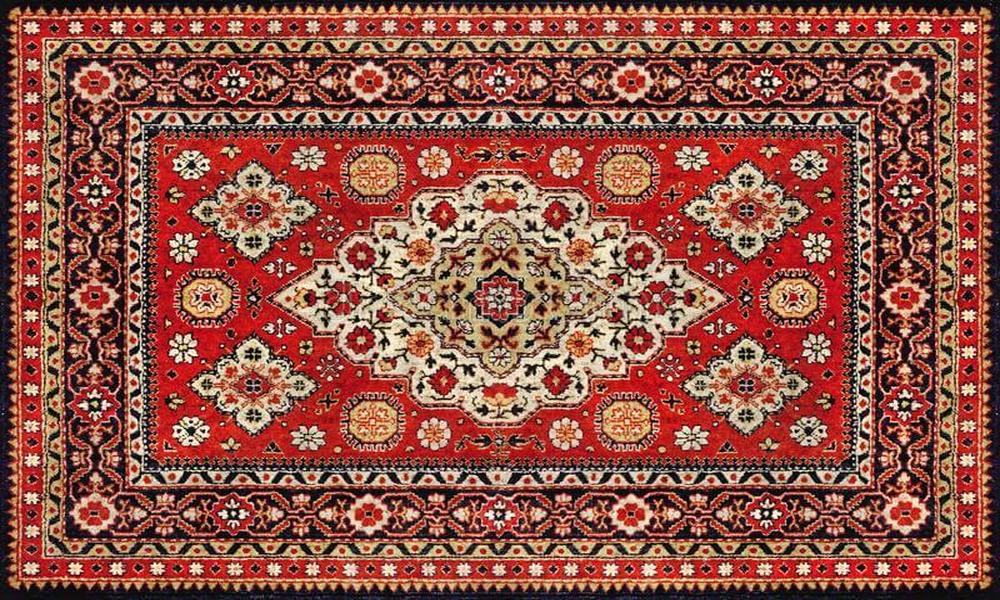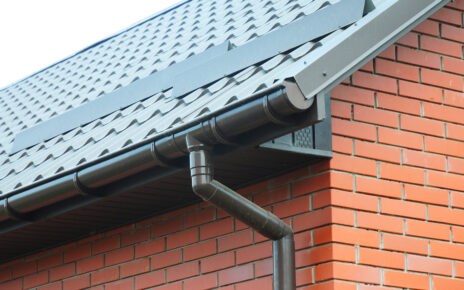Persian rugs, renowned for their exquisite beauty and unparalleled craftsmanship, have captivated people around the world for centuries. These masterpieces of woven art not only adorn floors but also hold a deep cultural significance. In this article, we will explore fascinating facts and figures about Persian rugs, shedding light on their history, characteristics, and the enduring legacy they have left on the world of design.
● Historical Significance
Persian rugs trace their origins back to ancient times, with evidence of rug weaving dating as far back as 500 BCE. The art of rug-making flourished during the Safavid dynasty in Persia (now Iran) in the 16th century, reaching its zenith in terms of design, craftsmanship, and innovation. These rugs were not only woven for utilitarian purposes but also served as a form of artistic expression and a symbol of status and wealth.
● Traditional Weaving Techniques
Persian rugs are predominantly hand-woven, a laborious process that requires immense skill and patience. Artisans use a variety of techniques, including the knotting method, to create intricate patterns and designs. The most common knot used in Persian rug weaving is the asymmetrical or Persian knot, known for its durability and ability to produce highly detailed motifs. Each rug is a testament to the weaver’s expertise, often taking several months or even years to complete.
● Diverse Regional Styles
Persian rugs exhibit a rich diversity of regional styles, each reflecting the cultural heritage and artistic traditions of their respective areas. Some of the well-known styles include the luxurious and intricately patterned Kashan rugs, the bold and geometric designs of Heriz rugs, and the floral motifs found in Tabriz rugs. Each style carries its distinct characteristics, colors, and motifs, making Persian rugs a captivating tapestry of cultural narratives.
● Natural Materials and Dyes
One of the distinguishing features of Persian rugs is the use of natural materials and dyes. Traditional Persian rugs are typically crafted from high-quality wool, which offers durability and a luxurious feel underfoot. Silk is also used, often in combination with wool, to add a lustrous sheen and enhance intricate detailing. The natural dyes derived from plants, insects, and minerals create a vibrant and enduring color palette that ages beautifully, acquiring a rich patina over time.
● Investment Value
Persian rugs are not just exquisite works of art but also valuable investments. Renowned for their longevity, these rugs often appreciate in value over time, making them sought-after collectibles. Factors such as age, condition, design, and rarity play a significant role in determining their worth. Some exceptional antique Persian rugs have fetched staggering prices at auctions, reflecting their enduring appeal and status as prized possessions.
Persian rugs continue to captivate admirers worldwide, with their timeless beauty, intricate craftsmanship, and rich cultural heritage. From their ancient origins to their enduring value as art and investments, these rugs stand as enduring testaments to the skill and creativity of Persian artisans. Owning a Persian rug is not merely possessing a floor covering but owning a piece of history and artistry.





